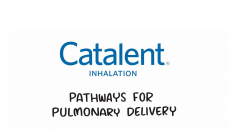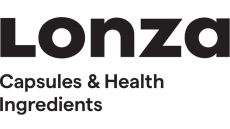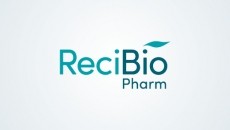Heated liposome drug delivery - effects visualised in vivo using MRI
heat, which accelerates drug release and delivers 30 times more
drug to tumours, as visualised in vivo using magnetic
resonance imaging (MRI)
Researchers at Duke University have developed drug-carrying liposomes - consisting of a lipid bilayer and an aqueous centre - releasing the cancer drug doxorubicin rapidly, in less than 20 seconds, when heated. In addition, they also added manganese, an MRI contrast agent, to the formulation to be able to visualise and measure drug release in vivo.
In preclinical studies, the team looked at temperature profiles, tumour drug delivery pattern and anti-tumour effect by estimating the doxorubicin concentration at each time point using MRI. The results suggests that a combination of excessive exposure to heat and drug-carrying temperature-sensitive liposomes delivers five times more of the drug then if non-temperature sensitive liposomes were used. In comparison with free drug delivery, the combination of heat and temperature-sensitive liposomes also delivers up to 30 times more drug to tumours.
The liposome drug delivery method is not new but the combination of liposome and heat is novel. The 100 nm liposome is solid at normal body temperature but melts at 41-42°C, with the fast releasing drug mechanism accredited to a small percentage of lysolipid - a single chain fatty acid - that is unique in this liposome formulation.
Drug-carrying liposomes are involved in two phase I trials. National Institutes of Health researchers are testing the drug in combination with thermal ablation for liver metastases, while at Duke University a multi-dose treatment is being tested in women with chest wall recurrences of breast cancer. Doxorubicin is delivered at the same standard dose that patients would receive with free drugs.
"Ultimately, we are interested in studying this drug for treatment of women with locally advanced breast cancer. The objective would be to effectively shrink the tumors so that they could go on to have definitive treatment. Often times, women with locally advanced breast cancer are not good surgical candidates because the tumors are too large and invasive to remove," Prof. Mark Dewhurst, Duke University, told In-PharmaTechnologist.com.
"We are interested in this particular formulation for locally advanced breast cancer. However, other drugs can be put inside these liposomes. We are considering other drug formulations that would be useful for a variety of other cancer types, such as colorectal cancer, esophageal, sarcomas, cervix cancer."
Maryland-based Celsion has licensed the liposomal formulation to be used in oncologic applications in combination with hyperthermia treatment.













